Modern vehicles have so many advanced features and options that it can be overwhelming to car buyers or even car owners trying to understand their vehicle. Many of the features are for comfort, convenience, or luxury. But, since cars have gotten faster, manufacturers have added more car safety features — safety features you’ll want to make sure your car has!
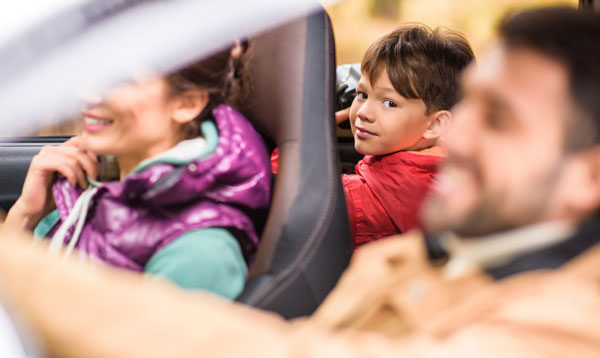
Needed Car Safety Features
Airbags
Manufacturers started installing them in vehicles in the 1980s, but they didn’t become a manufacturing requirement until 1998. Airbags are designed to deploy in moderate or worse crashes, with Frontal airbags having saved about 44,869 people as of 2015. Modern vehicles have both front and side airbags for added protection. Keep in mind that children 13 years and younger should sit in the backseat as airbags can injure them.
Anti-Lock Brakes
If you ever have to stop quickly on a slippery road, you will be grateful for your anti-lock braking system. Anti-lock brakes allow you to stop fast and steer while preventing the brakes from locking. Without anti-lock brakes, the electronic stability control, and traction control, which we will discuss below, would not function.
Electronic Stability Control
This can be a lifesaver when you take a turn too quickly in your vehicle. It keeps the car going in the direction you want even when you are going too fast or don’t have the control that you thought you did. The electronic stability control will brake individual tires as needed to maintain control. All modern vehicles are required to have it installed.
Traction Control
Many people think this is the same system as electronic stability control, and while they can work together, your car’s traction control is different.
Traction Control stops your tires from spinning. It can be helpful on uneven roads or terrains or on wet surfaces. It will stop your wheels from turning, giving them grip on the road.
Lights
There are more lights on a vehicle than just the headlights. And they all add to the safety of your car. Lights allow you to communicate with other drivers on the road. Headlights, tail lights, signal lights, and brake lights are the lights used most often.
Headlights have two levels; low beam and high beam. High beam headlights direct a bright, centered light most often used at night when no cars are around. Do not use your high beams if other vehicles are visible on the road as these lights are intensely bright. You will often use your low beams at night, which offers light without blinding the drivers of other vehicles.
Tail lights and brake lights are in the back of the vehicle and shine red. The tail lights let cars behind you know that you are there. Brake lights will illuminate when you brake, as suggested by the name. They let drivers behind you know that your vehicle is stopping.
Signal lights, or blinkers, are used to let other drivers know that you will be turning soon, which direction, and that you will most likely be slowing down to do so. Too often, drivers don’t use them, but they can make a difference for you and the drivers behind you, so you should always use them.
Hazard lights are flashing lights on the front and back of the vehicle, and they let other drivers know that there is a problem. Maybe your car is breaking down, and you have to slow down or stop on the shoulder, or there is a dangerous situation on the road ahead. This is a way to let other drivers know there is an emergency. You should only use your hazards in an emergency. Please do not use them as an illegal parking signal or a brake signal.
Fog lights are usually located lower in the front of the vehicle to keep from causing glares to the driver. These should only be used if there is fog.
Shatter-Resistant Glass
Vehicles now have safety glass. When there is a collision, the glass will shatter into small glass balls instead of sharp shards that can cause serious injury. Safety glass is also much more durable than regular glass so that it can withstand much more force.
Most vehicles use laminated glass for the windshield and tempered glass for the side and back windows. The laminated glass will be much more difficult to penetrate, and when it is pierced, it won’t shatter but will most likely keep the damage concentrated to the penetrative hole. Because it is unlikely to break, you won’t be thrown from the vehicle if you have a car accident, as happened more often in the past.
Seatbelts
Possibly the easiest and safest thing you can do while in a vehicle is buckle your seatbelt. According to the Center for Disease Control and Prevention and the National Highway Safety Administration, most people killed in car accidents are not wearing seatbelts. You are 45% less likely to die and 50% less likely to be injured in an accident if you are wearing a seatbelt.
Cars are safer than ever, but you, as the driver, are the key to safety. Many of these features only work if you use them correctly. Wear your seatbelt, use your signal lights, and drive safely. And make sure you have a trusted auto center to answer your questions and keep your vehicle in a safe, reliable condition.

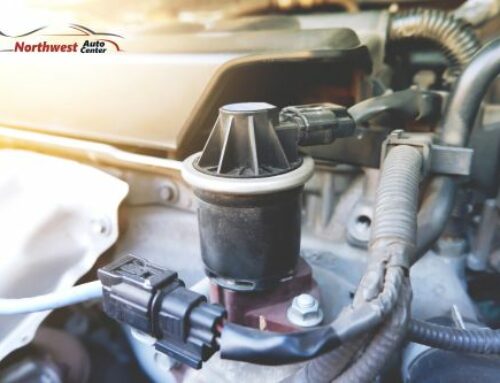
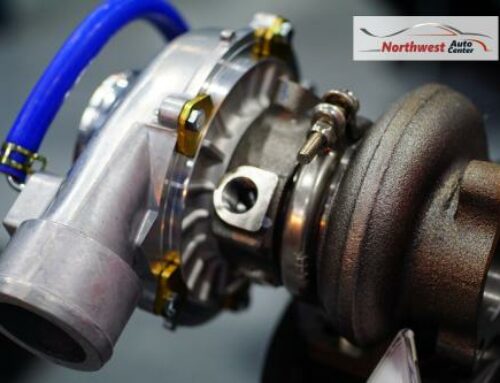
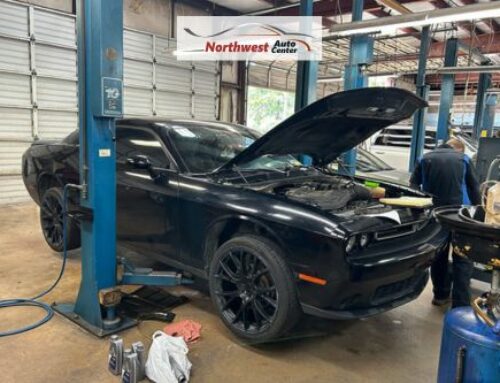
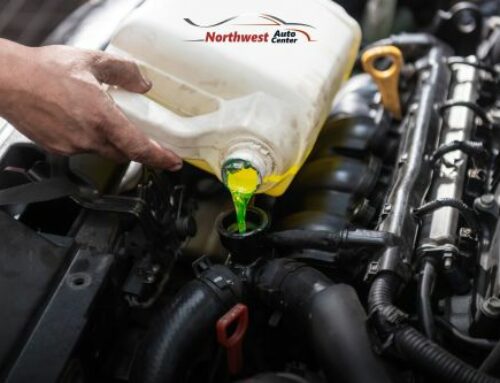
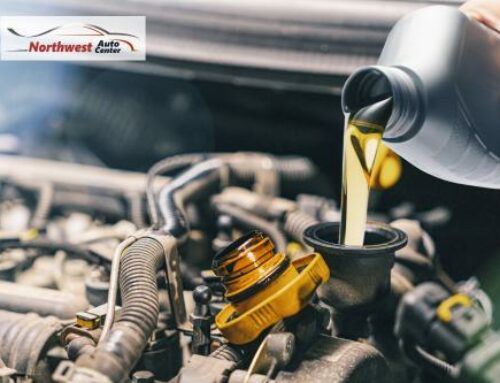
Leave A Comment
You must be logged in to post a comment.